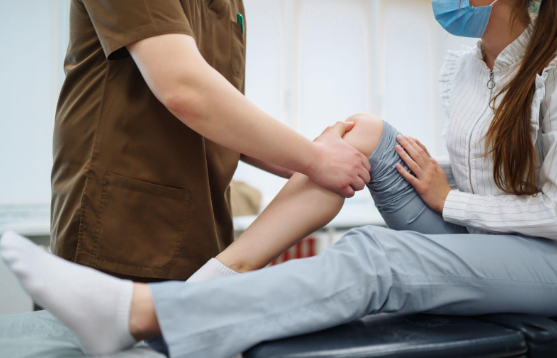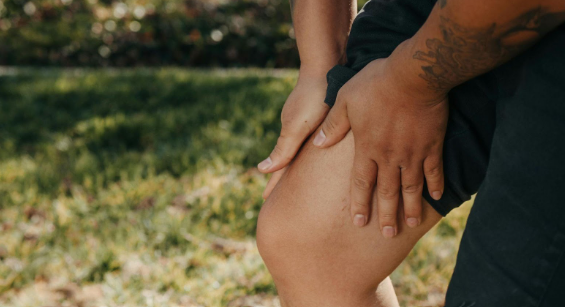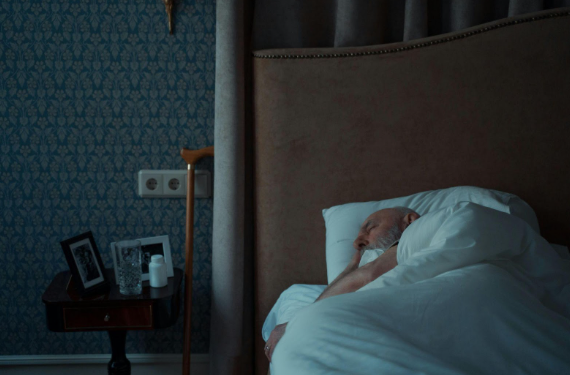Frequently Asked Questions About Spinal Stenosis

Spinal stenosis is a disease that occurs when the spaces in your spine narrow, resulting in an increased amount of pressure being placed on your spinal nerves. This leads to a variety of negative and potentially painful symptoms, including muscle weakness, tingling in your extremities, a loss of bladder control, and more. It can occur anywhere in your spine but usually occurs in your neck or lower back. Individuals who have spinal stenosis will also often have balance issues and, in more extreme cases, may have trouble moving.
Over time, spinal stenosis can be more than just painful. Those suffering from severe spinal stenosis might experience constant numbness and balance issues. If left untreated, it can limit your movement, rob you of your independence, and even potentially lead to paralysis.
What Causes Spinal Stenosis
Like most conditions, spinal stenosis does not have just one cause. Indeed, many things can potentially cause this disorder, including:
Osteoarthritis
Osteoarthritis is a specific type of arthritis in which the cartilage between the joints in your bones will wear down over time, resulting in bone spurs. If this happens in your spine, the bone spurs can potentially reduce the space between your vertebrae, causing pressure on the nerves. Other bone diseases can also potentially result in the development of spinal stenosis.
Injury or trauma to the spine
This can lead to movement of your vertebra, which results in pressure on the nerves and causes the painful symptoms of spinal stenosis.
Tumors
In some cases, a tumor can form in or near your spine.
Ligament issues
All of us have ligaments that help to hold up our spine. In some cases, your ligaments can tighten to the point that they move your vertebra, causing spinal stenosis.
How Can Spinal Stenosis Be Diagnosed?
Only a trained medical professional can make the formal diagnosis, but anyone who suffers from any of the above symptoms may want to be examined for spinal stenosis. After a thorough physical examination, a doctor may order a variety of tests, including an X-ray of your neck, back, and spine. The doctor will examine the results to determine if you show narrowing of the space in the spinal column or if you have any bone spurs that are growing in your spine. A CT scan or MRI may also be used to provide more advanced images. Additionally, you might be tested with an EMG, or electromyogram, which will be used to examine the nerve functions of the nerves in your legs.
How Can Spinal Stenosis Be Treated?
Unfortunately, a cure for spinal stenosis does not exist. Thankfully, with treatment, the disease can be managed, its progression can be slowed, and people can still live a comfortable life.
Treatment options for spinal stenosis can include any of the following:
Exercise
Exercise is a very successful and often-overlooked treatment for many disorders, including spinal stenosis. If done properly, exercise can help to build muscle strength, restore balance, and ensure that your movement is protected. The type of exercise you need will depend on your specific issues with spinal stenosis, and you will likely work in conjunction with a physical therapist to develop a treatment plan that best suits your needs.
Cortisone injections
Cortisone can be used to control swelling within the spine. This steroid can be injected periodically, and many users have found it can be very helpful in relieving pain. Unfortunately, the positive effects of this treatment are typically temporary, meaning that individuals will have to come back for additional injections or treatment at a later date. Nonetheless, people have found relief from this method.
Surgery
In more extreme cases, surgery may be required to control the disease. This kind of surgery will often be a decompression laminectomy, in which bone spurs and bone buildup are removed. That procedure will be followed by spinal fusion, in which vertebrae are fused together. Surgery is often viewed as a last resort for the treatment of spinal stenosis as it can involve pain and a longer recovery time.
Who Is More Likely to Be Diagnosed with Spinal Stenosis?
Generally speaking, a few groups are more likely than others to be diagnosed with spinal stenosis. For example, people older than 50 are more likely to be diagnosed with this disorder as they are more likely to suffer from the effects of osteoarthritis, which is a primary cause of spinal stenosis. For the same reasons, women are more likely than men to suffer from this disease.
Younger people who are experiencing similar symptoms may be suffering from another condition, such as scoliosis or the effects of previous trauma, but should seek a diagnosis from a medical professional to be sure.
Are There Treatment Centers for Spinal Stenosis?
Yes. In many cases, people have been able to find relief at these clinics because they are specifically geared around painful, debilitating conditions such as spinal stenosis. One possible option for these clinics is with us here at Pain Treatment Centers of America.
Pain Treatment Centers of America specializes in treating diseases like spinal stenosis. We have clinics located throughout Arkansas and have more than 300 years of combined experience in helping patients recover from these issues. If you are struggling with pain, a delay will only further your unnecessary discomfort. Don't hesitate to call today.













